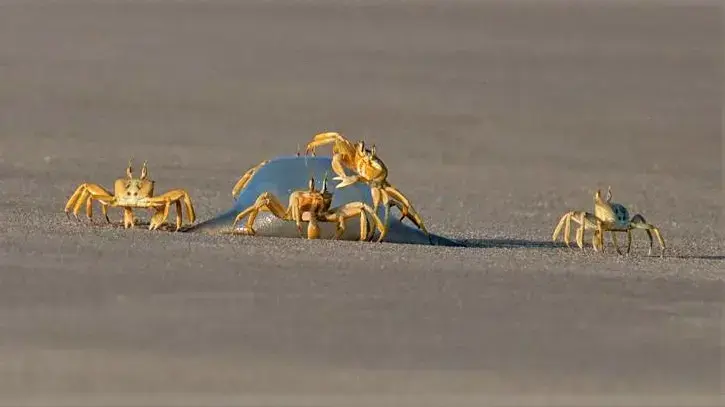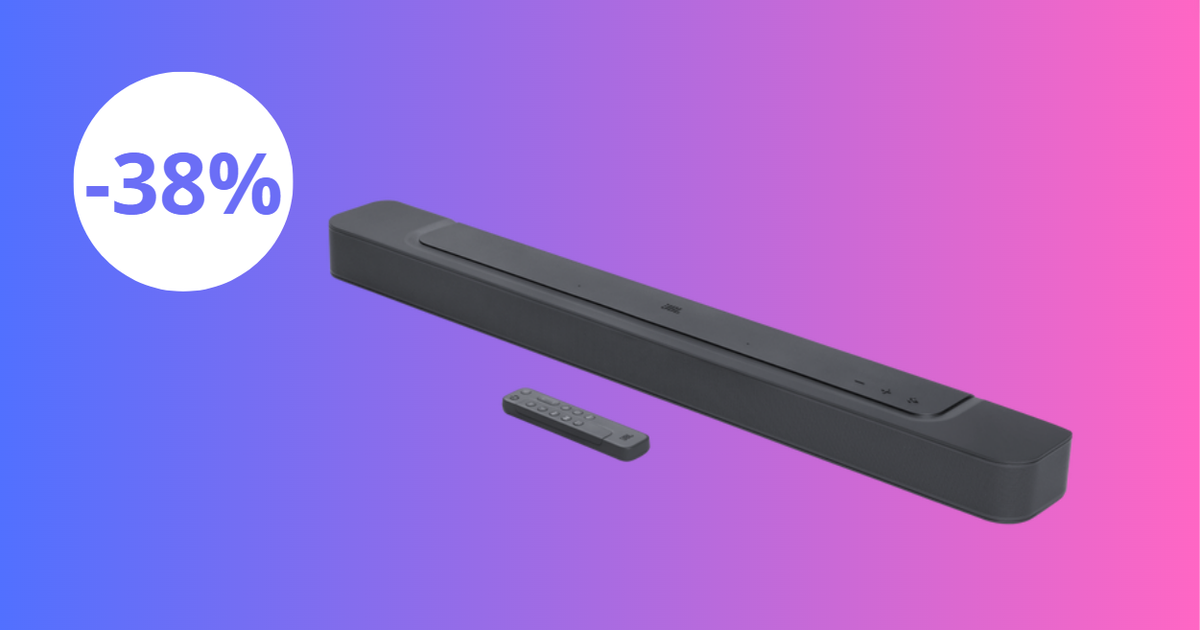Crabs invaded the beach in Rishon Lezion and began eating jellyfish
Dozens of coastal sand crabs, which feed mainly on dead animals, went up to the "Range 24" beach in Rishon Lezion and began eating the jellyfish that were ejected from the water.
Guy Levian, inspector of the Marine Unit of the Nature and Parks Authority, documented the impressive event
Ziv Reinstein
03/07/2022
Sunday, 03 July 2022, 13:55 Updated: 14:12
Share on Facebook
Share on WhatsApp
Share on Twitter
Share on Email
Share on general
Comments
Comments
Coastal crabs eat jellyfish on the beach from range 24 (Photo: Guy Levian, RTG)
As part of searches to locate sea turtles at range 24, which is located on the southern canopy of Rishon Lezion, held today (Sunday), the inspector of the Marine Unit of the Nature and Parks Authority, Guy Levian, watched beach-sick crabs eating jellyfish ejected onto the beach.
Holon Hof, or as it is known by its other name, Sand Cancer, is a short-stomach cancer that lives on sandy beaches.
It is mostly active at night.
Holon lives in caves that it digs in the sand above the upper tidal line (this is the highest line that the sea water reaches in the tidal cycle).
The depth of the tunnels depends on the soil moisture - the farther away from the Holon coast you have to dig its tunnels deeper to reach a humid enough environment.
The depth of the tunnels is usually 90-80 cm.
From a laser visit
The facial treatments revolution: artificial intelligence and RF technology in home appliances
Served on behalf of Bee Cure Laser
Holon crabs beach in invasion on beach from range 24, today (Photo: Nature and Parks Authority, Guy Levian)
Active mainly at night.
Holon Hof (Photo: Nature and Parks Authority, Guy Levian)
Holon Beach is a short-stomach cancer that lives on sandy beaches (Photo: Nature and Parks Authority, Guy Levian)
These crabs feed on dead animals that are washed ashore or algae, for example jellyfish (Photo: Nature and Parks Authority, Guy Levian)
An omnivore that loves mostly dead animals
Holon is an omnivore (food-all) and feeds mainly on sea refuge, for example from dead animals that are swept ashore or from algae.
Holon also preys and feeds, for example, on sea turtle eggs that lie in the sand and even on sea turtle cracks.
Holon's eyes are raised high on a kind of stalk to increase his field of vision.
On the sandy beach, where there is no hiding place other than the cave, a wide field of view is a significant advantage.
Another adaptation of the Holon beach to the sandy coastal environment is the pointed tips of the feet that allow it to walk better on the sand.
Tourism
news
Tags
Crabs
Jellyfish













